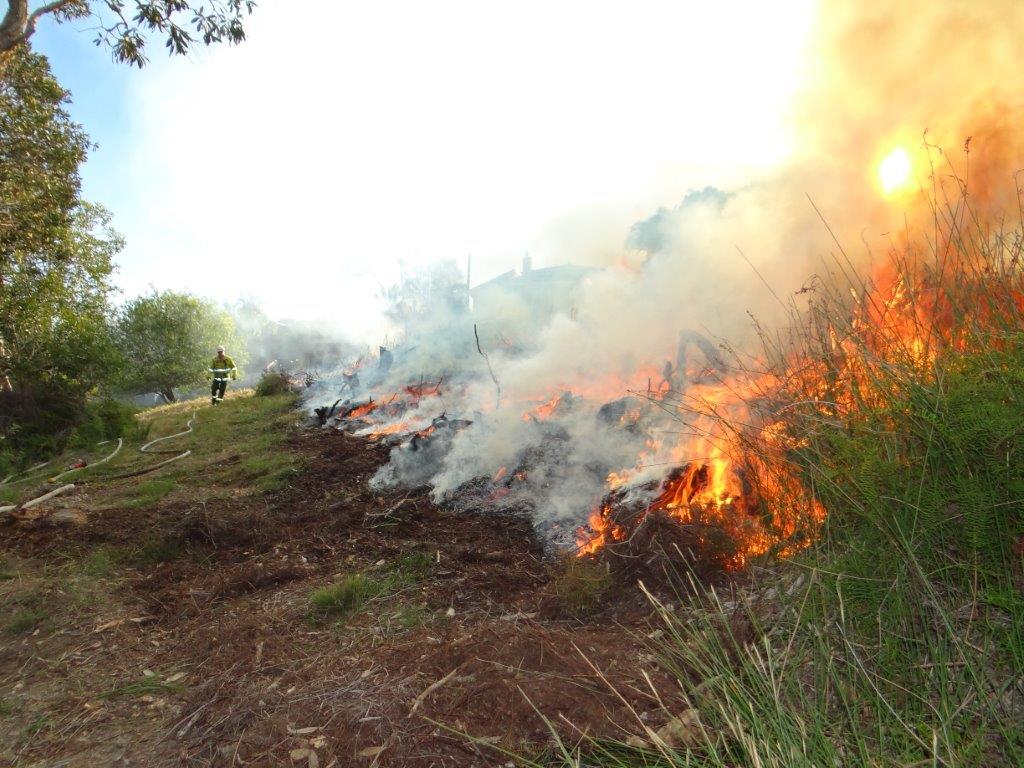Having information for sustainable fisheries management is fundamental. Unlike many fisheries in Mexico, the giant squid fishery in small and large scale has implemented fishery monitoring since 2010. The National Giant Squid Product System Committee, together with the authorities (CONAPESCA, INAPESCA and SADER), designed and implemented the Integrated Fisheries and Environmental Information System for the analysis of the giant squid fishery (SIIPACAL) in Northwest Mexico. The platform collects detailed real-time information on catches (e.g., fishing zones, catch volumes, fishing effort, etc.), and environmental information (e.g., temperature, dissolved oxygen, salinity, etc.), to learn more about the behavior of the resource according to the fishing season and environmental conditions.
The data collected in fishery monitoring are fundamental to provide information on the state of the resource and to improve management, taking into account scientific information and traditional knowledge. These good practices can be adapted to any fishery and scale, as has been done by the Comité Nacional Sistema Producto de Calamar Giant Squid.
1. Facilitate rapprochement with government agencies by the productive sector, and promote commitment to long-term collaboration.
2. Integrate the productive sector in the implementation of fisheries monitoring, provide training on the benefits of improving resource management, as well as methods for data collection.
3. Follow up on the analysis of data and its integration into decision making about the fishery by all stakeholders involved.
